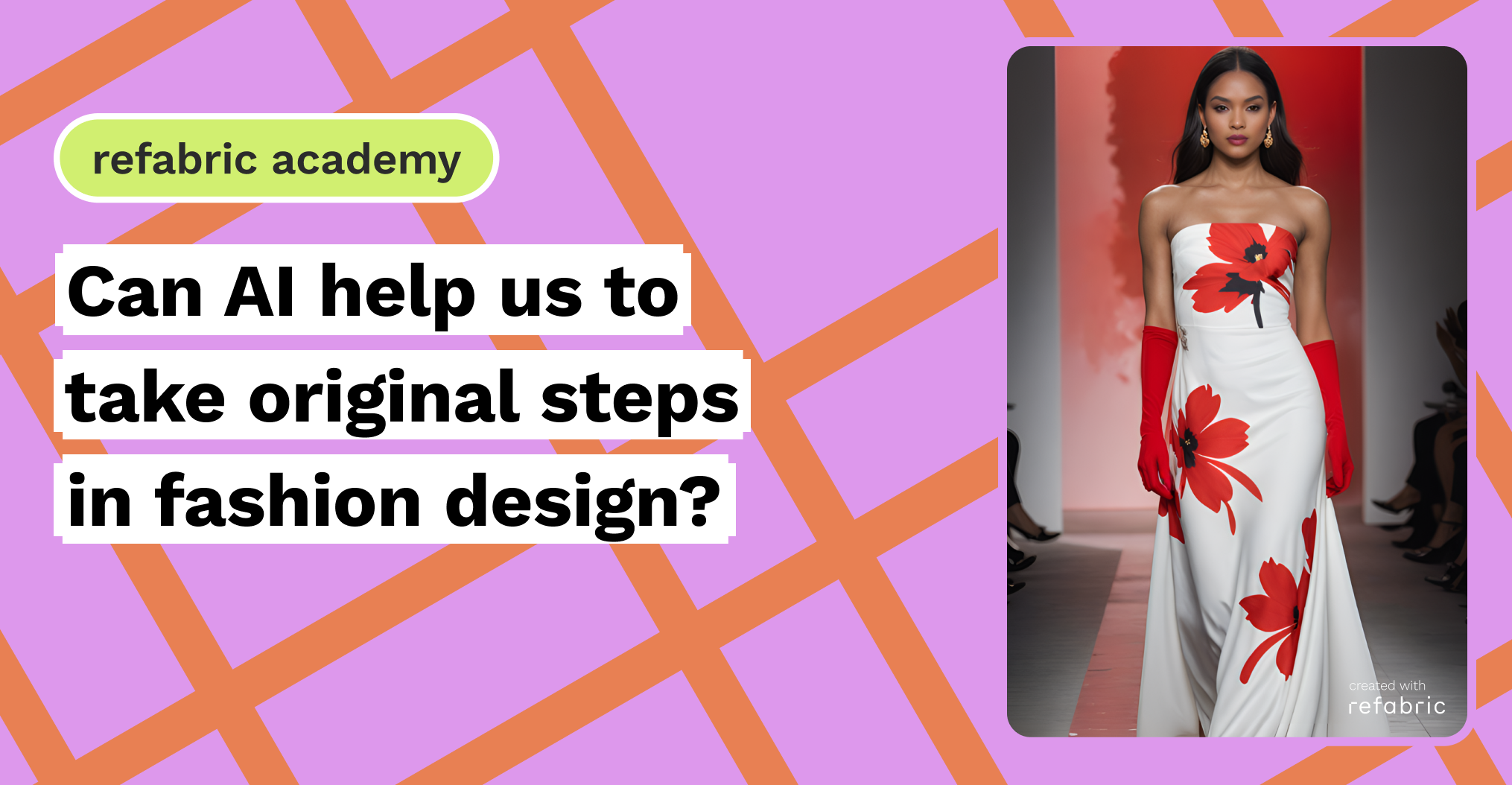Fashion has always been one of the most forward-thinking aspects of art, and even of social life, where design has been a huge determinant of character and innovation. AI is slowly getting integrated into different creative fields, and of course, fashion design is one of them. In our fast-paced lives induced by the internet and social media, it is hard to keep up with how people interact with data and accordingly new trends.
While ever-changing tastes lead to brand-new challenges in design every day, we are seeking new, cut-edge, sleek looks that will speak to identities and personal style. AI has come to help with this matter, as a little consultant that knows everything, all at once. By that point, AI supports designers with data-powered results. It could inspire, design and execute. Adding personal design experience and ideas on top of the technology is just a matter of inspiration, where an artist could work with their audience through the power of data.
AI to brand new horizons
This new addition to the fashion world has supported new fields to emerge and new styles to occur, where the design of AI seems to be quite inspiring and out of the box for some, as well as its capacity to personalize the design. Therefore, digital art and design forms help AI and fashion come together, where the designers can meet with brand new AI tools, experiment and establish new designs in collaboration with the elements of AI: we know, it is quite thrilling. AI algorithms are capable of exploring a large design space and producing novel and surprising design solutions by receiving design inputs and limitations. After these designs are developed, designers can improve and iterate upon them to provide original and cutting-edge solutions that go beyond the bounds of conventional design methods.
With its generating and amplifying capabilities, AI can work with different digital technologies, and designs and apply different features, depending on the designer’s choice. From patterns to images, layers and drapes, AI can intake and manipulate, mix and match different textures together, enhancing and altering looks. In that case, one of the most crucial members of the design team, the patternmakers, can automatically generate and grade patterns, as well as determine fit and comfort, by utilising AI algorithms. Additionally, consumers can use AI to design products that precisely match their preferred styles and body proportions. By streamlining the patternmaking process, these methods minimise waste by increasing fit while also cutting expenses and time.
On the other hand, AI can easily find errors in designs, to assist the designers while they edit the final look of the design. This way, the process of design creation could be even more efficient, and effective and lead to more ways for inspiration.

Getting closer to consumers
With AI, human creativity is one step closer to the execution of dreams: Dream bags, dream fits and dream looks are just as how we imagined them to be, with a wide variety of colours, textures and exploration of new textures are so much wiser with data-backed AI design ideas. As an example: AI artist Skjellerup, who started the @ai_clothingdaily Instagram account, creates AI-powered clothing every day, showcasing how much AI can enhance the creative process. His lifelike designs span from elaborately adorned Nike trainers produced by AI to full runway looks donned by synthetic models.

Credit: @ai_clothingdaily
Skjellerup also argues that AI is a helpful tool to democratise the design world, where designers can celebrate their closer collaboration with consumers with AI’s inclusive vision that helps customize and specify the needs of the consumers.
With new emerging AI tools, fashion design is revolutionizing creativity. The sky is the limit when there are so many different ideas to test and envision. With AI, experimenting has become much easier and fun.
